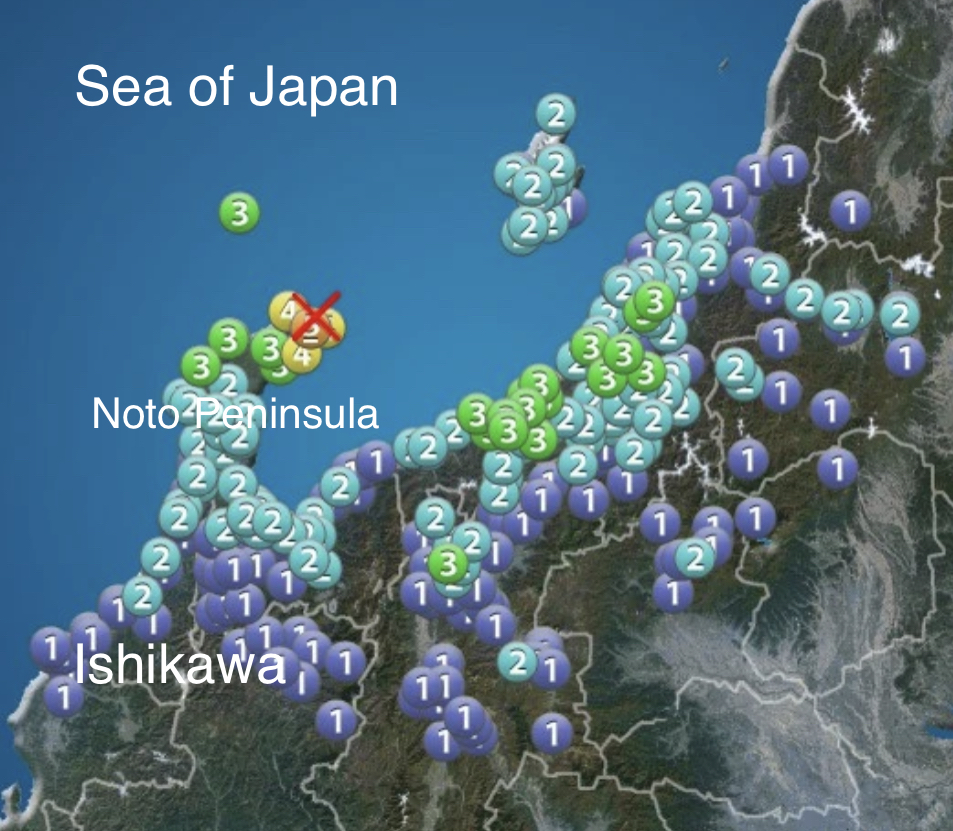Alright folks, let’s talk about what just shook things up – literally. A 5.9 magnitude earthquake struck Pakistan today, April 19th, at 2:47 PM local time. The China Earthquake Networks Center pinpointed the epicenter at 36.05°N, 71.35°E, with a depth of 150 kilometers.

Now, beyond the immediate humanitarian concerns – and our thoughts are very much with those affected – earthquakes, particularly in regions like Pakistan, can ripple through markets. It’s not necessarily a direct hit to global finance, but the potential for disruption is always present.
Let’s delve a bit deeper into understanding these events. Earthquakes are caused by the sudden release of energy in the Earth’s lithosphere, creating seismic waves.
The magnitude scale, like the Richter scale (though now more commonly using Moment Magnitude), is logarithmic. This means each whole number increase represents a roughly 32-fold increase in energy released.
Depth is crucial. Shallower earthquakes (less than 70km) tend to cause more damage at the surface compared to deeper ones like this one. The 150km depth suggests a more widespread, but potentially less intense, impact locally.
Geologically, Pakistan sits in a complex zone influenced by the collision of the Indian and Eurasian tectonic plates. This makes it particularly prone to seismic activity.
From a market perspective, watch for potential impacts on infrastructure projects, supply chains, and of course, any aid or reconstruction efforts that might be needed. While a 5.9 quake isn’t typically a market mover in itself, secondary effects are what we need to keep an eye on. I’ll be monitoring developments and providing updates as needed. Stay tuned!






